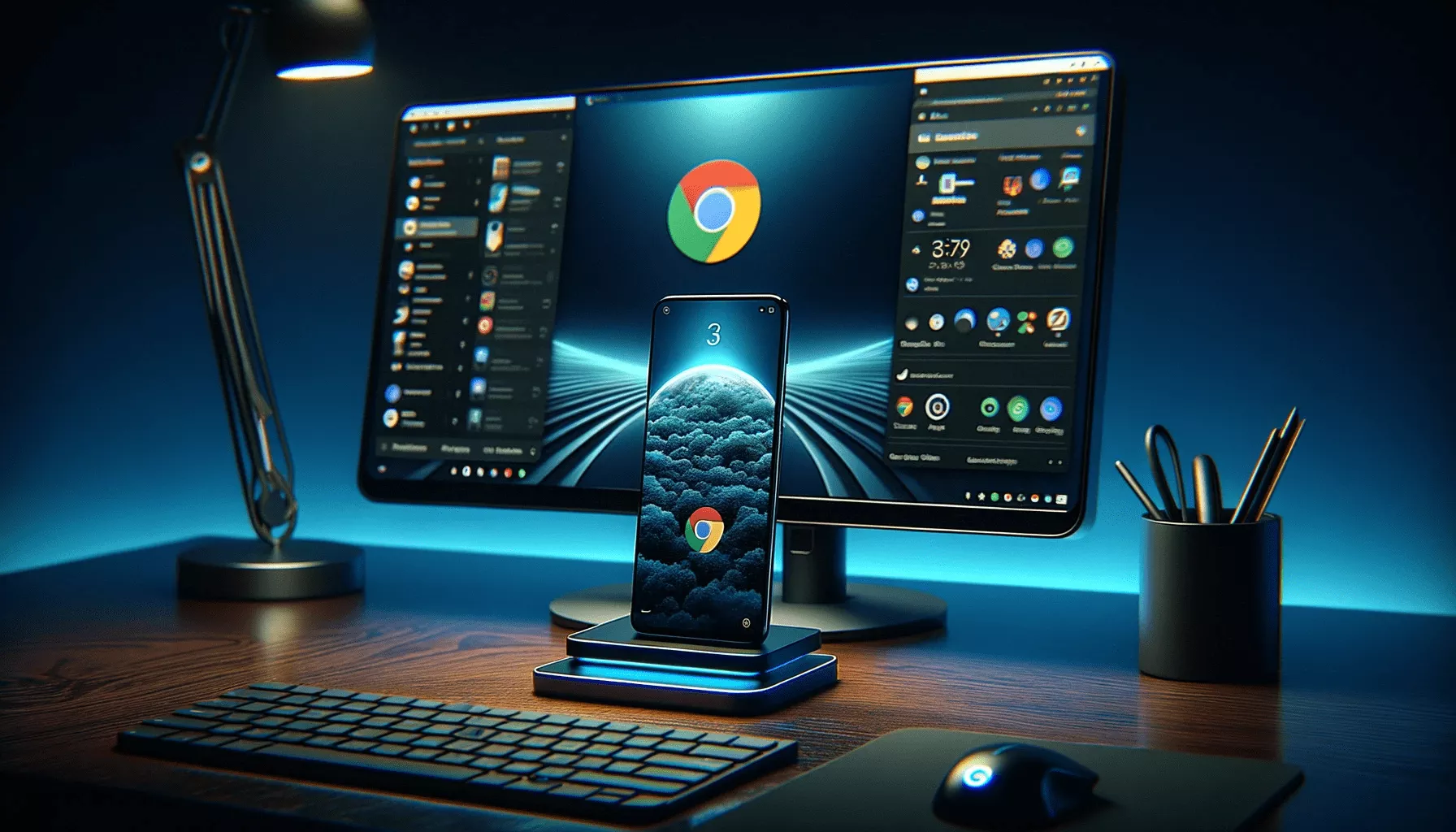Reimagining Desktop Mode : ChromeOS as the Future of Android Desktop Experience

We are living in a time of rapid paradigm shifts, specifically as to how people define a personal computer. Over the past decade, there has been a radical shift in the market, with more people relying on their mobile phone as their primary computer and a growing segment of the consumer market is even forgoing the purchase of a dedicated laptop or desktop altogether. Mobile Phone manufacturers have responded by exponentially increasing the power of their devices to keep up with the demand and hardware that was previously limited to mobile devices has started to make its way to modern laptops and desktops.
Several Android Device Manufacturers including Samsung, Motorola, ASUS, Huawei and even Google have all worked on implementing a Desktop Mode that allows you to transform your phone into desktop PC when connected to a external display. The problem is that every manufacturer has descided to do their own thing and interpret what they believe users want in a desktop mode. Unfortunately this "Wild West" approach has ensured that there will be compatibility issues with third-party applications and will ultimately prevent the widespread adpotion of using a phone as a desktop computer.
There is, however, a solution - ChromeOS...
I have been thinking about this idea for a long time, and every time I re-visit the topic, it just makes more and more sense. When a supported phone is docked to an external display, it boots a very standard version of ChromeOS. This would automatically display all of the applications that are on your phone, complete with all settings that you have on your phone. This convergence between your Mobile Phone and ChromeOS could even preserve application states regardless of whether they are viewed in phone mode or desktop mode.
Regarding your files, there would be no need to sync your files between multiple devices, as this ChromeOS instance would have access to all the files on your phone. You can also continue to use the same cloud storage solutions that you already use and expect them to just work regardless of whether you are on ChromeOS or Android.
Another major advantage of this sort of solution is that your device will always have access to an internet connection. You are, of course, able to use a WiFi connection, but if you ever lose connection, it will seamlessly transition to using your phone's mobile data connection when needed. You would also be able to take phone calls via a Bluetooth headset. It is perfect for those who work from the road.
If you work from home or an office, it would even be possible for employers to remove traditional desktops/laptops and replace them with inexpensive docking stations. They could easily load a custom/secured ChromeOS profile that can be connected to a Google Workspaces plan, complete with all applications needed to perform your job. This may also include a work VPN and software to connect to a company's VDI for remotely hosted applications. These work profiles would be encrypted to isolate your personal files from your work files. Employers could also provide an esim card that can be used to replace your desk phone and provide a dedicated data connection when you are logged into your work profile.
As ChromeOS already performs flawlessly on the same ARM processors that are in most flagship phones, all current ChromeOS features that support ARM processors would work as expected, especially Linux Application Support. This would allow users to launch desktop class applications such as development software and even some ARM based games when docked. Since Linux Application support would likely not work well on Android, this would likely be a feature that would be only accessible when docked and in desktop mode.
Lastly I would love to see new hardware released to help push desktop mode to the mass market. This includes better docking stations, portable tablet docks to allow you to connect your phone and access desktop mode on a tablet and finally a laptop dock similar to the NexDock 360.